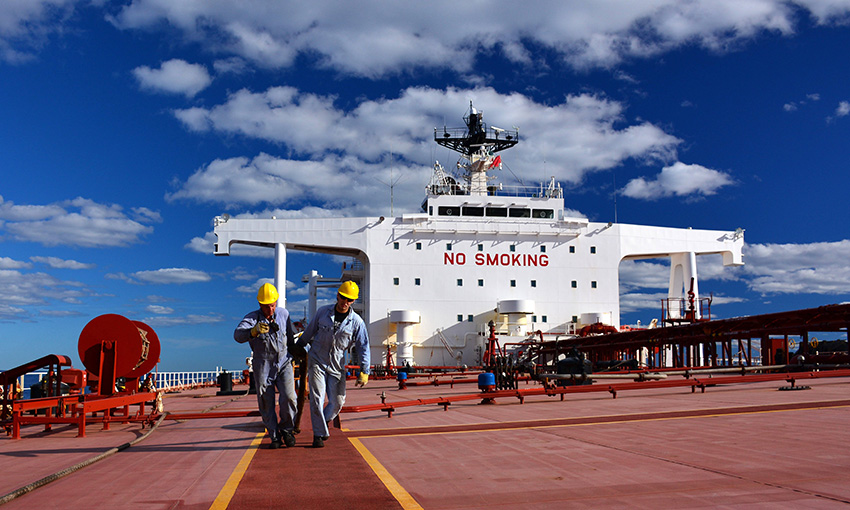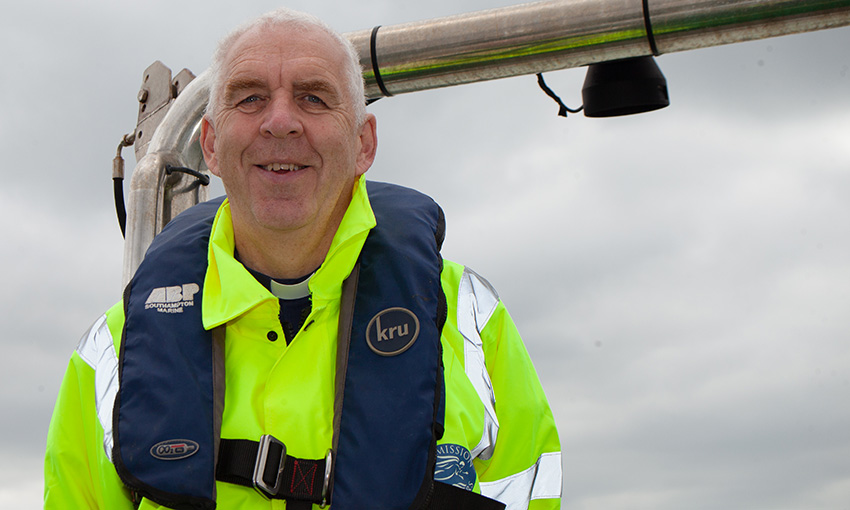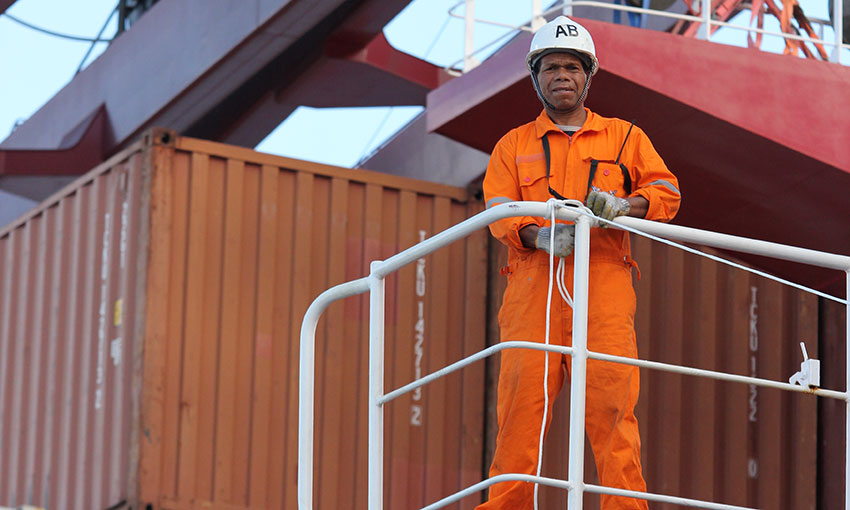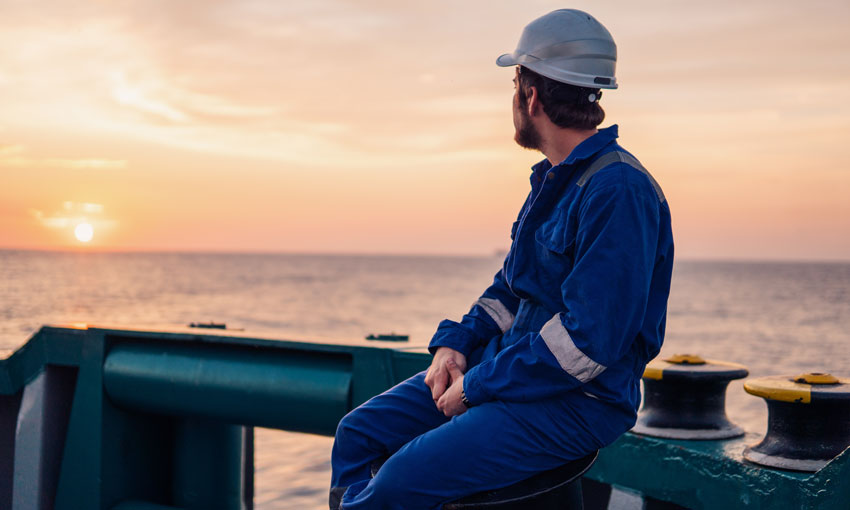THE LATEST Seafarers Happiness Index report reveals average seafarer happiness levels in the last quarter of 2022 reached 7.69/10, up from 7.3, with levels rising across almost all categories, reflecting the sustained upward trend seen throughout the year.
The Mission to Seafarers publishes the index, which is based on surveys of seafarers.
The results of the survey, undertaken with the support of the Standard Club and Idwal, show that even the areas of great concern, such as shore leave and access to welfare ashore, are recovering.
Crew members continued to express their relief at the return of freedom of movement, as well as their increased sense of certainty and stability.
The only area in which there was a decline in satisfaction was connectivity.
Quality and cost are still concerns and there is a growing demand for free or inexpensive internet access as enjoyed by colleagues ashore.
Many seafarers believe such access would improve social life at sea, which is supported by feedback such as “we gathered to watch live World Cup football and the atmosphere on board was fantastic.”
A significant number of seafarers appeared to have switched employer or trading patterns to be closer to home in case of travel restrictions. In addition, there was a growing number of responses from seafarers from non-traditional maritime labour markets, such as Pakistan, Bangladesh and Sri Lanka.
The past year
In 2022, seafarers’ happiness has steadily increased from its lowest point in Q1 2022 to something of a high-water mark at the end of the year. Q1 2022 saw the lowest level ever recorded with an overall average of 5.85, reflecting the negative impact of the Covid pandemic on seafarers.
Other issues such as conflict and contracts also contributed to the low morale and deflated mood among seafarers. Many seafarers felt that their welfare was not being properly addressed and that their work conditions were becoming increasingly difficult.
However, in Q2 2022, there was a significant increase in satisfaction levels, rising from 5.85 to 7.21/10. This was encouraging as it suggested that the worst may be behind us, and as the world began to reopen, this had a positive impact on seafarer sentiment. Additionally, when seafarers were more certain about their return time, they were able to deal more effectively with difficulties at sea.
Q3 2022 saw further improvement, with the overall average climbing to 7.3/10. This was due to improvements in shore leave, access to welfare facilities and initiatives, as well as companies investing in their people on board. These actions made life better at sea, and the sentiment expressed by seafarers reflected this.
Life onboard
Although the Seafarers Happiness Index data shows positive progress, there are still persistent issues that need to be addressed, such as workload, mental health impacts, and the stresses of a difficult job.
There are also concerns about the negative impact on mental health and well-being of too few people aboard ships. The industry is taking steps towards change, with initiatives such as the Sustainable Shipping Initiative Code of Conduct, which aims to go beyond the minimum standards of compliance.
Despite the negative impact of Covid-19 and tensions between Russian and Ukrainian seafarers, there have been clear signs of recovery throughout the year and onboard interactions are once again the most important factor in seafarer satisfaction. However, there are still concerns about isolation among seafarers and a lack of social cohesion on board.
Training for seafarers has improved over the years, but there are mixed responses from seafarers about its effectiveness. To improve, training should be incorporated into the shipboard schedule and not viewed as a chore. Concerns were also raised over the lack of communication and involvement of seafarers in discussions and plans for future fuels training.
By the end of the year, the satisfaction of seafarers had reached a high point, and the sentiment among seafarers had significantly improved. This has raised expectations that the systems supporting seafarer welfare will continue to deliver improvements into 2023 and we can only hope that this is the case.
Mission to Seafarers director of programme Ben Bailey said he was pleased and relieved to see increased happiness levels onboard throughout the year.
“Our reports show significant positive progress. While there remain complexities and challenges in the industry, The Mission to Seafarers continues to highlight the importance of fair treatment, reasonable pay, compassion, and understanding in fostering a positive outlook for seafarers,” Mr Bailey said.
“However, there are still complex issues that need to be addressed such as abandonment, non-payment or delayed payment of wages, and arbitrary decisions about immigration. We will continue to work closely with shipping companies and managers ashore to shape positive change and to hear more stories and experiences from seafarers through our surveys. We are also mindful of a potential recruitment and retention crisis in 2023 if the trend of seafarers moving from deep sea to short-sea or inland waterways continues.”





